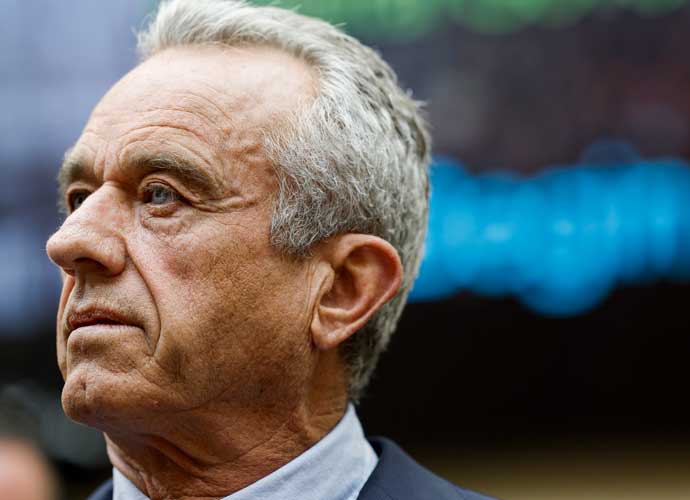Darek Fidyka, Paralyzed Man, Walks Again After Groundbreaking Cell Transplant Treatment
Darek Fidyka, a man who was paralyzed from the chest down four years ago, can walk with some help after a groundbreaking cell transplant.
Darek Fidyka Walks Again After Cell Transplant
Fidyka, 38, was paralyzed four years ago after a knife attack, and is currently in physical therapy, working on walking (with some help). Fidyka is the first patient to receive a cell transplant from his nasal cavity into his spinal cord, a treatment that resulted from years of research led by Professor Geoff Raisman.
“We believe that this procedure is the breakthrough which, as it is further developed, will result in a historic change in the currently hopeless outlook for people disabled by spinal cord injury,” Prof Raisman said.
The treatment involves the transplant of olfactory ensheathing cells (OECs) – “pathway cells that enable nerve fibers in the olfactory system to be continually renewed” – from the nose to the spinal cord. The cell transplant also required strips of nerve tissue from Fidyka’s ankle, which were placed to help bridge a gap in his spinal cord.
“The idea was to take something from an area where the nervous system can repair itself throughout life, and put it into an area that doesn’t repair itself,” Prof Raisman explained.
Following the treatment, Fidyka was taken to the Akson Neuro-Rehabilitation Center in Wroclaw to continue with intensive physical therapy. It wasn’t until three months later that Fidyka says he noticed a difference in his left thigh muscle.
Six months after the surgery, Fidyka took his first step in years while exercising on the parallel bars with leg braces.
Now two years after the treatment, he has the ability to walk outside with the help of a frame and has recovered some bladder sensation and sexual function.
“It’s amazing to see how regeneration of the spinal cord, something that was thought impossible for many years, is becoming a reality,” said Dr Pawel Tabakow, a neurosurgeon at Wroclaw University Hospital.
Spinal Cord Regeneration
Despite Fidyka’s improvements following the groundbreaking surgery, scientists caution the public that what worked for him may not work for others, and Fidyka continues to be the subject of tests moving forward. The cell transplant treatment will need to be duplicated to determine whether or not the process can actually stimulate spinal cord regeneration.
Prof Raisman hopes that Fidyka’s case and further research will be able to benefit more people around the world, saying, “It would be my proudest boast if I could say that no patient had had to pay one penny for any of the information we have found.”
Scientists hope to treat at least another 10 patients in the coming years, but the exact number, and the extent of the research, will depend entirely on funding. “The first patient is an inspirational and important step, which brings years of laboratory research towards the clinical testbed…To fully develop future treatments that benefit the 3 million paralyzed globally will need continued investment for wide scale clinical trials,” said Sir Richard Sykes, chair of the UK Stem Cell Foundation.
RELATED ARTICLES
Get the most-revealing celebrity conversations with the uInterview podcast!









Leave a comment